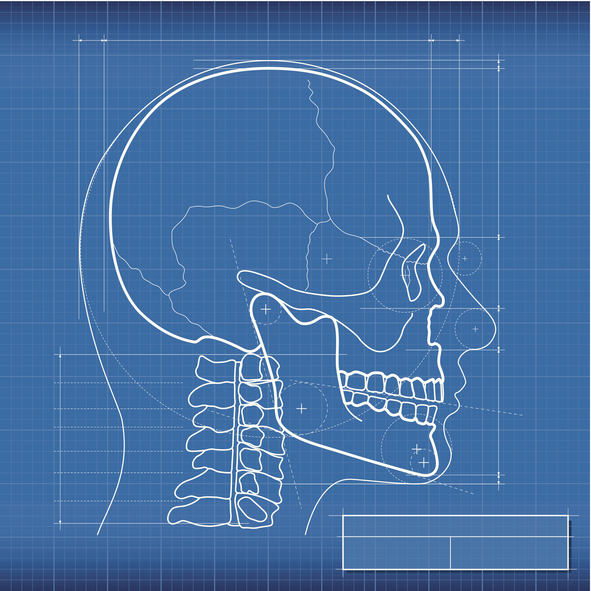
Osteoporosis drug-induced osteonecrosis of the jaw: Balancing caution with continued care

A potential adverse effect of antiresorptive drugs used to treat osteoporosis involves osteonecrosis of the jaw.
Experts cited in an article from Medscape detailed that although the condition is uncommon, some dentists who discover a patient is using antiresorptive drugs may decline to treat them because of the complexity of complications that may arise following dental procedures like tooth extractions. Patients with osteonecrosis of the jaw may experience infections, chronic pain, facial disfigurement and difficulty speaking and eating. Osteonecrosis of the jaw is more prevalent among patients who have received certain antiresorptive treatments to prevent cancer-related bone issues — who typically receive higher doses of the drugs on an accelerated schedule. Despite reservations among some dentists, the experts emphasized that timely dental care is often necessary to mitigate the risk of osteonecrosis of the jaw.
The Medscape piece cited a 2011 report from the American Dental Association Council on Scientific Affairs that urged dentists to continue treating oral diseases such as periodontitis to avoid exacerbating oral health issues and communicate the risks and benefits of treatment with patients receiving antiresorptive drugs for osteoporosis. Dentists were informed to avoid giving their patients advice that could discourage them from adhering to their osteoporosis treatments, as discontinuing antiresorptive drugs could result in spinal fractures. Although experts cited in the Medscape article suggested that dentists schedule dental procedures around the patient’s next osteoporosis treatment dose if flexibility is an option, emergency oral surgery should be performed without delay.
In a report from the Agency for Healthcare Research and Quality, investigators identified 14 clinical practice guidelines for dentists treating patients receiving antiresorptive drugs. Among the guidelines were recommendations for interdisciplinary collaboration between dental professionals and specialists.
For more information, visit the ADA Oral Health Topics pages on Osteoporosis Medications and Medication-Related Osteonecrosis of the Jaw and Oncology Agents and Medication-Related Osteonecrosis of the Jaw.
Read more: Medscape
The article presented here is intended to inform you about the broader media perspective on dentistry, regardless of its alignment with the ADA's stance. It is important to note that publication of an article does not imply the ADA's endorsement, agreement, or promotion of its content.